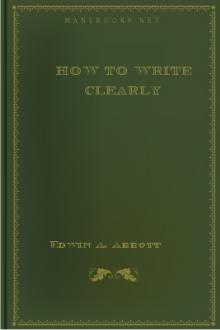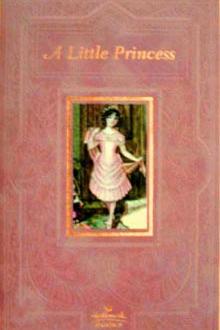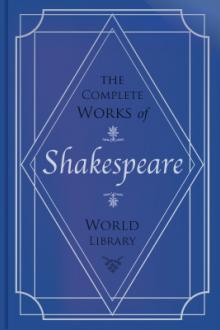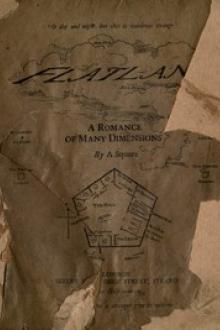How to Write Clearly
Book Excerpt
50. A statement may sometimes be briefly implied instead of being expressed at length.
51. Conjunctions may be omitted. Adverbs, e.g. "very," "so." Exaggerated epithets, e.g. "incalculable," "unprecedented."
51 a. The imperative may be used for "if &c."
52. Apposition may be used, so as to convert two sentences into one.
53. Condensation may be effected by not repeating (1) the common Subject of several Verbs; (2) the common Object of several Verbs or Prepositions.
54. Tautology. Repeating what may be implied.
55. Parenthesis maybe used with advantage to brevity. See 26.
56. Brevity often clashes with clearness. Let clearness be the first consideration.
CLEARNESS AND FORCE.
Numbers in brackets refer to the Rules.
WORDS.
*1. Use words in their proper sense.*
Write, not "His apparent guilt justified his friends in disowning him," but "his evident
Editor's choice
(view all)Popular books in Instructional, Language, Fiction and Literature
Readers reviews
- Upvote (0)
- Downvote (0)

 Free Download
Free Download


























